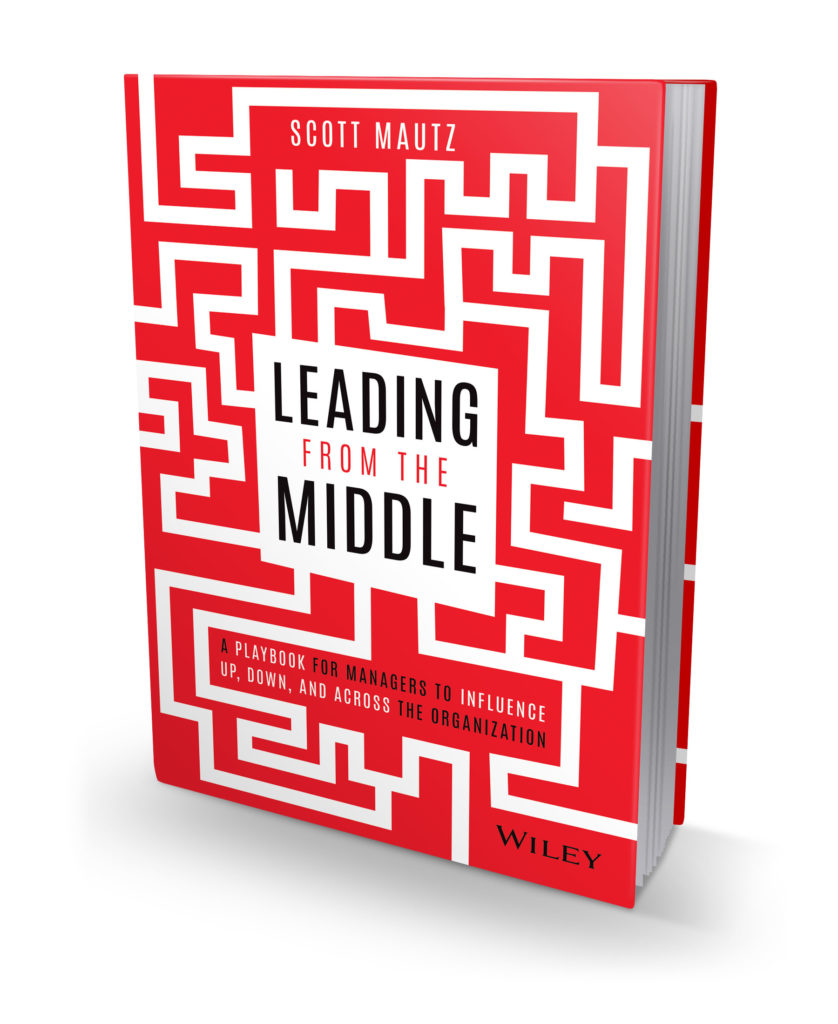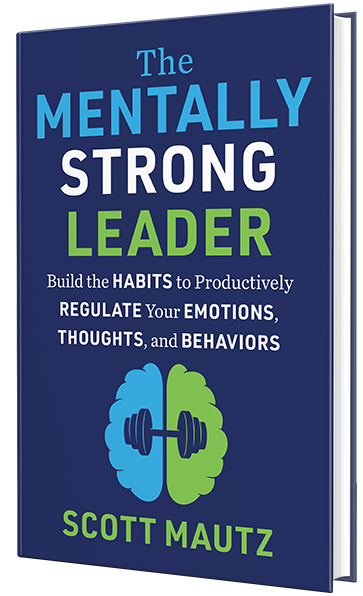
Undoubtedly, Google inspires many of us for what they do for their employees, for their bold thinking, and for their brave moves in the marketplace, just to name a few ways.
Even within Google, there’s an admired and inspiring group of Googlers that works on a team known simply as “X.” In my corporate days, one of my teams had a chance to meet this group. We were visiting them looking for inspiration on thinking big.
We didn’t leave disappointed.
Forget search (Google’s mainstay)–it’s not what this team does. They call themselves a “Moonshot Factory”, a place where crazy smart people (inventors, entrepreneurs, and engineers from various industries) work on science fiction like ideas that could make material improvements in the lives of millions–or even billions–of people.
Specifically, they look for the intersection of three things: a huge problem, breakthrough technology, and a radical solution. (The technology, by the way, should be available today or could conceivably be invented in the near future)
While we were visiting, the X’ers shared what they called Project Waymo. They were trying to solve the herculean problem of increasingly distracted drivers on the road.
The project went on to spark the autonomous car revolution.
To better appreciate the brainpower of this group, consider some of their projects:
- Project Loon: 40% of the world still doesn’t have access to the internet. But what if balloons could deliver connectivity? Loon balloons float twice as high as airplanes and weather and go where they need to (even incredibly remote areas) by sinking or rising into layers of wind blowing in the desired direction of travel.
- Project Makani: You ever see those gigantic three-blade windmill looking things alongside a major highway that are collecting wind as energy? What if instead you used a series of high-tech but dramatically more cost-efficient kites to fly into the air, harness more powerful, consistent wind, and transfer energy back to the ground via a tether? Enter Makani.
- Project Wing: Drones have arrived and you’ve probably seen the cute little Amazon ones they’ve tested to deliver that box of loofahs to your front door. But what about drones that can deliver several hundred pounds of medical supplies to far-flung areas in need?
Your team can learn a lot from X about thinking big. Here are five key lessons:
1. Start with a problem worth solving.
You want big results, start with a big problem. Too many teams end up chasing small ideas because they didn’t think of big enough problems to solve.
Here’s your acid test: Would the solution for the problem have a transformational effect? Will it produce growth of 10 percent or 10X? 10X means it’s worthy.
2. Run fast at all the hardest parts of a problem.
The head of X, Astro Teller (his name seems so appropriate, somehow), calls this his team’s big secret. They want to make progress on the hardest parts first in an attempt to learn very quickly, fail fast, and learn from those failures. This is in contrast to many teams that try to pull off quick wins in the name of progress and put off tackling the killer issue that could bring the project to a standstill.
X also wants to–hold onto your hats–prove that they can’t do something, not that they can. Each day they approach a project looking for ways to kill it. The idea gets either stronger (faster) or discarded. Adopt this mindset with your own team and you’ll be forced to run at the hardest parts.
3. Work at the speed of startup.
Great new ideas can’t wait. Bad new ideas can’t wait to be killed. Thinking big means thinking big in terms of speed too. Ideate, prototype, keep/cure/kill, next.
There’s your formula for bigger ideas, faster.
4. Keep a tether to reality.
Just like X’s energy kites deliver energy through tethers, your team needs a tether to reality. Big dreams don’t help anyone when they’re purely pipe dreams. That’s why X ensures the technology they embrace as part of solving the problem is doable.
Identify which ideas have far too much pipe dream to them. Be realistic without killing the radical.
5. Embrace enthusiastic skepticism as the perfect partner to optimism.
Teller said in a 2016 TED talk that this combination unlocks the potential in every idea. If you’re optimistic about an idea, you should commend–not condemn–an opposing point of view.
If your team is filled with optimists in violent agreement with an idea, go seek out a doubting Thomas. The healthy tension between these two forces can vastly strengthen an idea.
So let inspiration from X be your X-Factor for thinking (and acting) bigger. We’ll all be better off for it.
EXCITING NEWS – You can now pre-order my new book!

Leading from the Middle: A Playbook for Managers to Influence Up, Down, and Across the Organization (publication date is May 18th, 2021). Order here https://amzn.to/3as5tK8 OR… Get a massive BONUS BUNDLE by ordering 5 or more copies here: http://lftm.bulkbooks.com/ Check out a detailed book description here: https://bit.ly/2MLe5Do




Leave a Reply